CNBC
12/22/25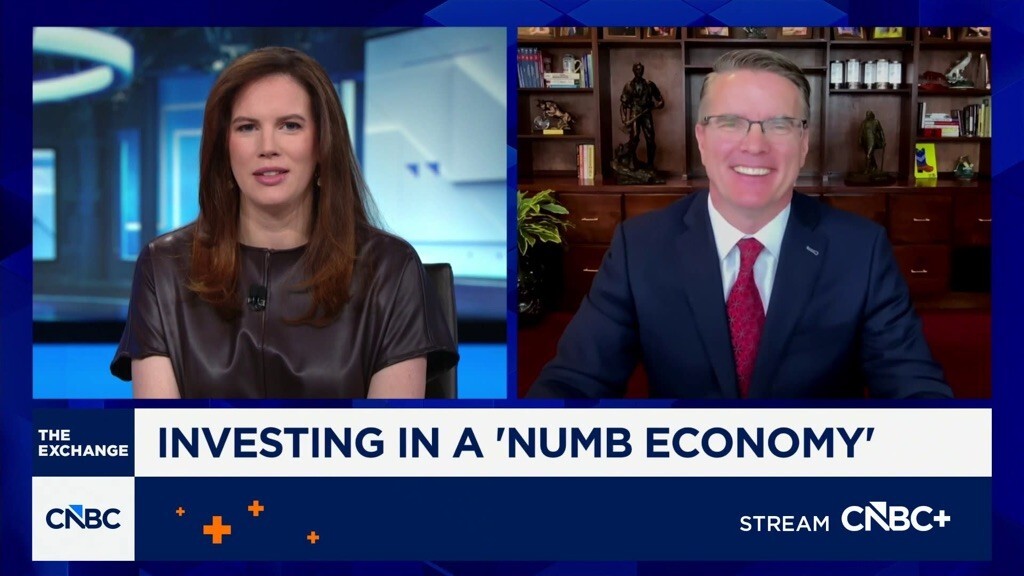
CIO David Harden shares why today’s “numb economy” may still support growth, where he is seeing opportunities, and his thoughts on managing risk in the year ahead.
Recent news and commentaries to let you know our most current thinking.

CIO David Harden shares why today’s “numb economy” may still support growth, where he is seeing opportunities, and his thoughts on managing risk in the year ahead.


Quantitative investing is a systematic, data-driven, and rule-based method that seeks to remove emotional bias from the decision-making process. Aash Shah, Head of Investments, breaks down the differences between quantitative and funamental investing and what role they play in the investment process at SGI.


Every investor encounters moments when sticking to the plan feels uncomfortable, especially during periods of volatility. But reacting emotionally often introduces the biggest risks to long-term success. CEO Dave Harden discusses the importance of consistency.

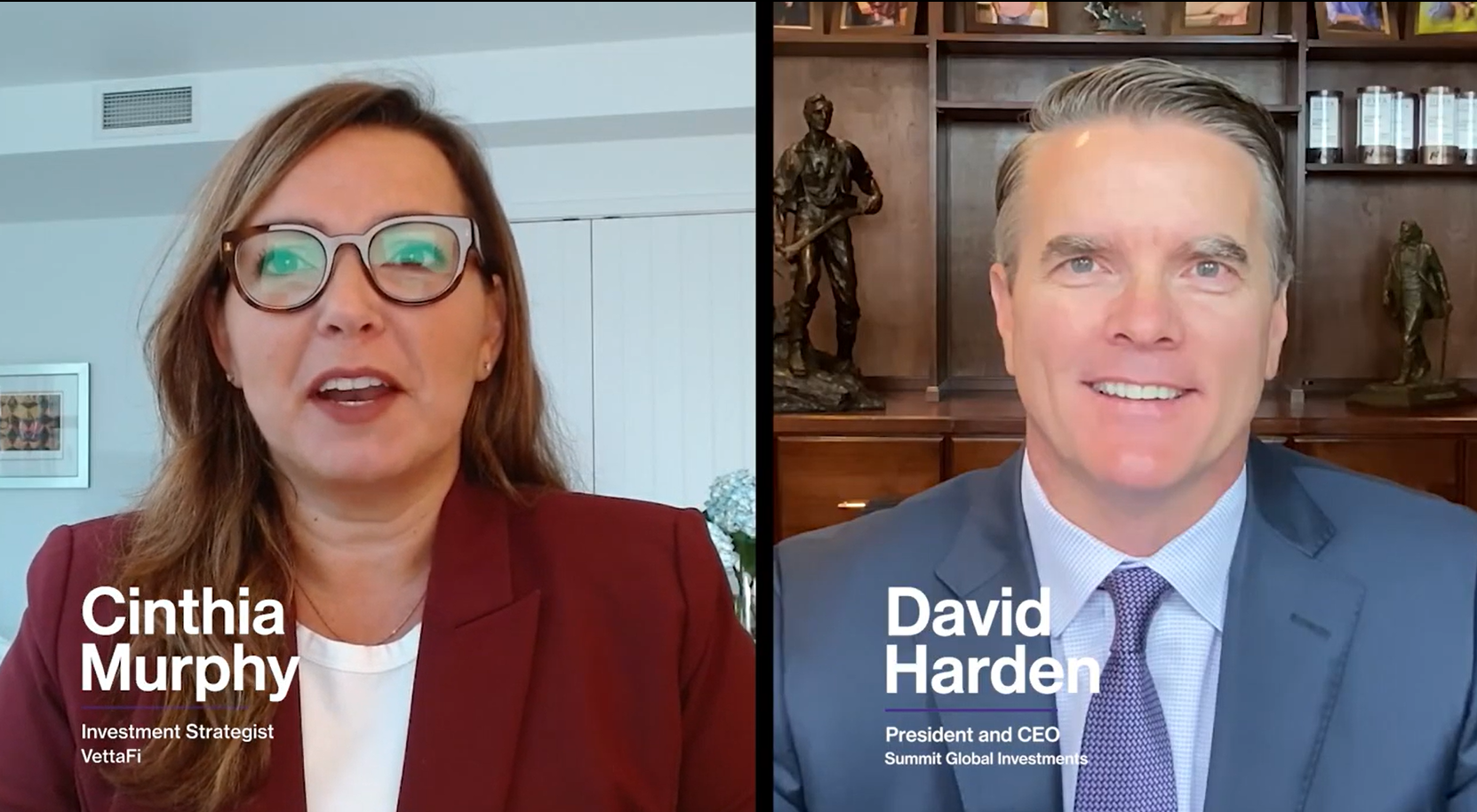
In a recent ETF Spotlight interview with VettaFi, Dave Harden discusses SGI’s managed-risk philosophy, today’s fast-moving markets, and how the firm’s ETF lineup aims to help investors stay invested with less volatility.

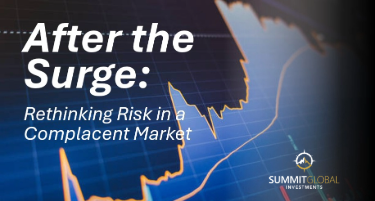
As 2025 comes to an end, Senior Portfolio Manager Jon Burckett-St. Laurant thinks it's important to take a moment to assess the market environment heading into 2026. Resetting expectations, remaining disciplined, and preparing portfolios for a more challenging environment may be prudent.

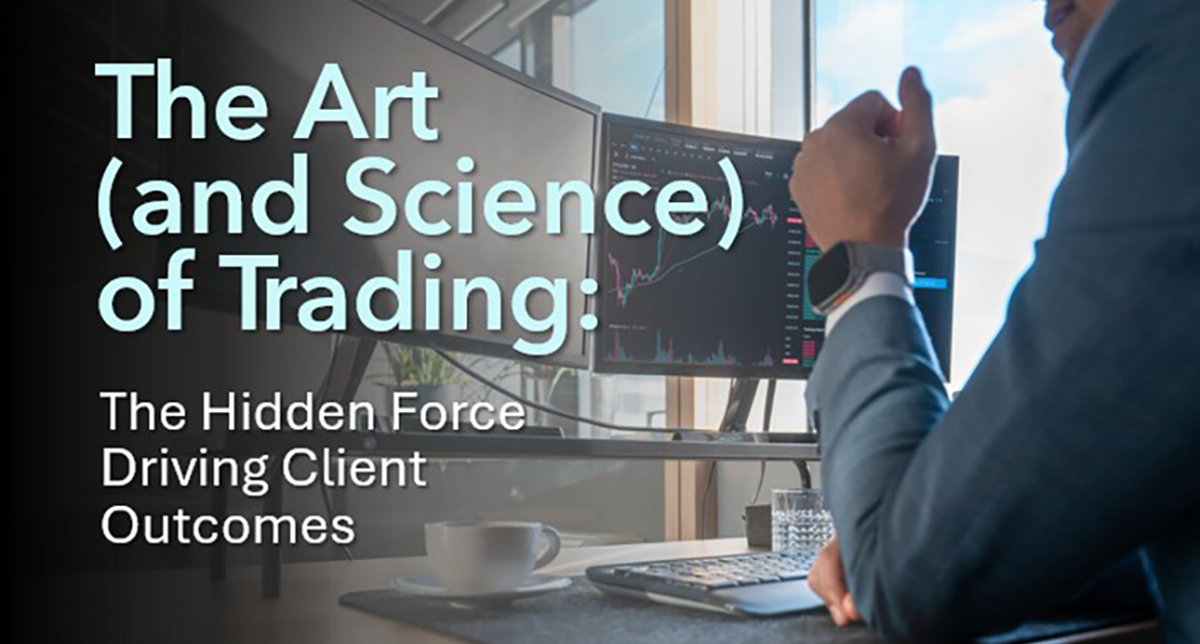
Trading isn’t about guesswork or luck — it’s about judgment, discipline, and process. Robin Kaukonen, Senior Portfolio and Trading Manager, shares her perspective on the art and science of trading and the hidden forces that ultimately shape client outcomes.


SGI announces strategic partnership with Equity Services Inc. (ESI), a move that reflects a shared commitment to growth, innovation, and unwavering advisor and client support.

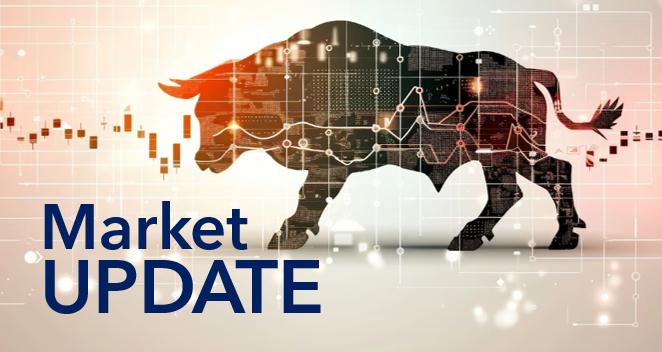
Markets advanced last week as robust tech earnings and cooler inflation data helped offset renewed tariff concerns. With the S&P 500 and Nasdaq nearing record highs, attention now turns to upcoming megacap earnings and potential policy signals from the Fed.


Equities have remained resilient, with the S&P 500 and Nasdaq hovering near record levels despite renewed tariff threats. Expect range-bound equity behavior as markets digest earnings, earnings guidance, and central bank signals.


SGLIX has been named to IBD's Best International Stock Mutual Funds list for 2025. This recognition highlights SGLIX’s strong performance and disciplined approach to global investing.


Institutional adoption of options strategies is no longer just about hedging volatility—it's about harnessing it. Learn more about how options are reshaping institutional portfolios.


Stocks stumbled Friday after a week of early gains, as tensions in the Middle East rattled markets.With oil prices jumping and rate cut hopes still in play, investors are keeping a close eye on what’s next.

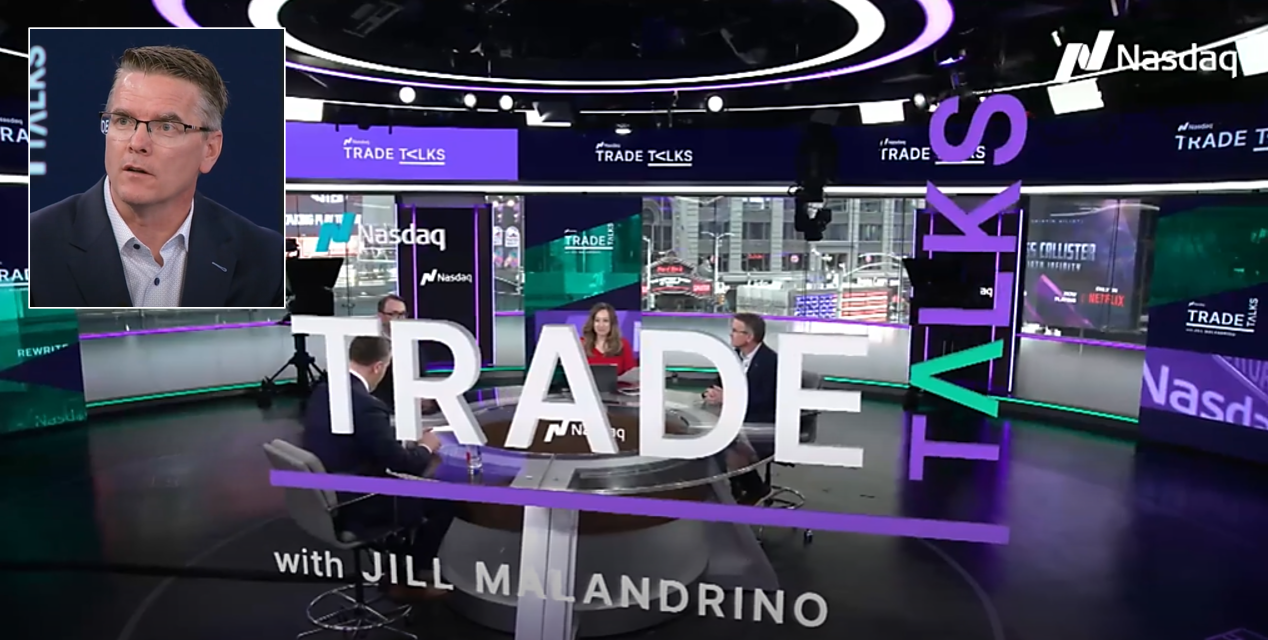
Today’s bond market demands new strategies. CIO Dave Harden explains why active management matters for intentional income on Nasdaq Trade Talks.


Market leadership is increasingly concentrated in a handful of dominant stocks, echoing past cycles. Investors may benefit from stepping back and reassessing the importance of diversification.


SGI has launched the SGI Enhanced Market Leaders ETF (Nasdaq: LDRX), a new actively managed fund designed to offer investors a powerful blend of equity growth potential, income generation, and disciplined risk management.


Markets rallied for a ninth straight day, but supply chain strains and weak consumer sentiment suggest the economic backdrop is more fragile than it appears. With inventory buffers thin and trade disruptions deepening, investors should stay alert—especially as valuations remain stretched and risks tilt to the downside.


Dave Harden joined Liz Claman on The Claman Countdown. They discussed Berkshire Hathaway ahead of their annual meeting, and Dave shared why he thinks Microsoft is a good opportunity for those looking to invest in the tech space.


Markets surged this week, but a closer look reveals deeper concerns. From lagging employment signals to softening economic data and rising global tensions, we explore the hidden risks investors need to watch now.


SGI’s Dave Harden joins Bloomberg Radio to discuss market volatility, risk management, and how investors can stay prepared amid rising uncertainty. The fund does not directly invest in Cryptocurrency.


Confidence is cooling, and when sentiment drops, spending slows, hiring stalls, and investment pulls back. Are these early signs of a broader downturn? Dave Harden gives his update on the market.


As tensions rise between the U.S. and China, concerns are growing over the potential delisting of major Chinese stocks. SGI's Dave Harden shares his thoughts on the issue with Barron's.

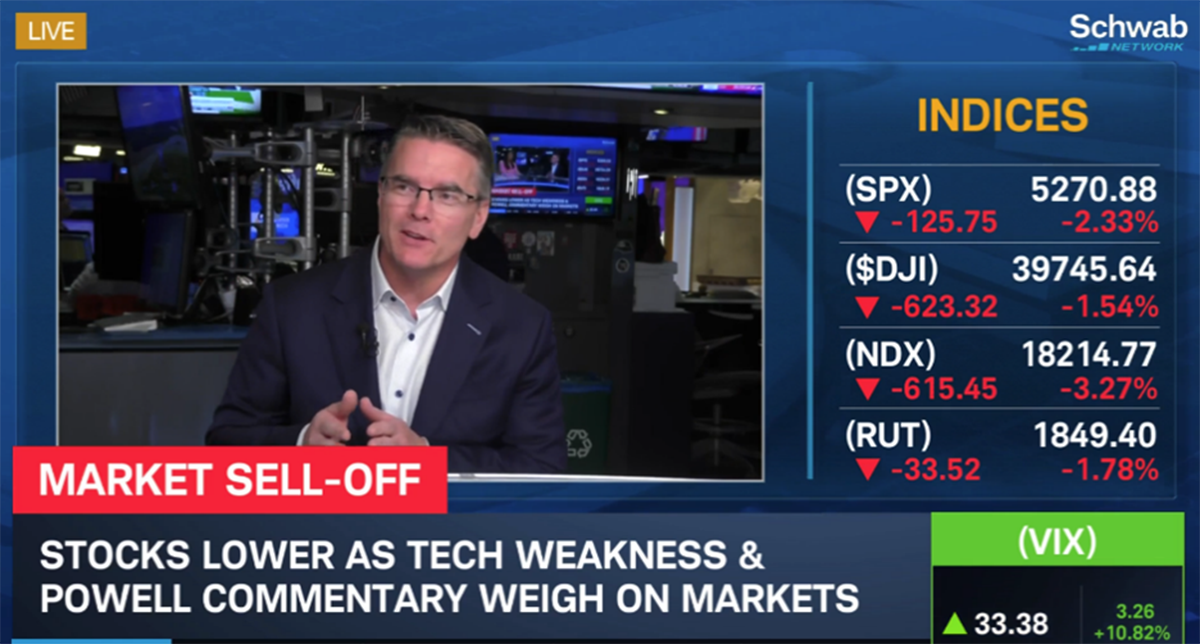
SGI’s Dave Harden on Schwab, “Managing risk needs to become a staple in how you manage money, not just a tool you use during market volatility.”


SGI's Dave Harden discusses the tech sell-off sharing his thoughts on buying opportunities and stocks he says to avoid.


Investors are navigating a sea of uncertainty as global markets, inflation data, and geopolitical risks all collide. CEO Dave Harden shares four things to watch this week.


The markets are highly volatile right now. Dave Harden shares tips investors can use today that will impact their money and their financial freedom in the future.


With "Liberation Day" looming this could be a volatile week for the markets. CEO Dave Harden breaks it down and shares his insights.


Summit Global Investments named in Newsweek as one of America's Top Financial Advisory Firms 2025.


Dave Harden discusses SGI's enhanced ETF lineup on Nasdaq's Just for Funds.


SGI's Dave Harden discusses outlook and strategies for 2025 on CNBC's The Exchange.


SGI's Enhanced Nasdaq-100 ETF offers investors exposure to the Nasdaq-100 while using an options premium overlay. By using options, the fund seeks to increase returns when markets rise, decrease losses when markets decline.



Summit Global Investments provides an in-depth review of the market and shares their outlook for the days ahead.


SGI's Dave Harden shares his insights on the market rally and why he believes corporate insiders may be sitting this one out.


Dave Harden, CEO, shares five key benefits to options-based strategies for today's investors.


SGI's Dave Harden joins the Good Buy or Goodbye segment and shares his picks.



Dave Harden, CIO, talks with Bloomberg about where he sees areas of opportunity.


SGI's Enhanced Core ETF surpassed the 100 million milestone in its first five months. SGI celebrated by ringing the Nasdaq Closing Bell.


SGI’s proprietary Managed Risk Approach™ minimizes surprises through its critical focus on managing unforeseen risks.


Pursuing an enhanced yield makes sense, no matter the environment. Learn more about SGI's Enhanced Core ETF (USDX), an options-based approach that may be attractive for income-minded investors.


In a recent ETF Spotlight interview with VettaFi, Dave Harden discusses SGI’s managed-risk philosophy, today’s fast-moving markets, and how the firm’s ETF lineup aims to help investors stay invested with less volatility.


SGLIX has been named to IBD's Best International Stock Mutual Funds list for 2025. This recognition highlights SGLIX’s strong performance and disciplined approach to global investing.


Today’s bond market demands new strategies. CIO Dave Harden explains why active management matters for intentional income on Nasdaq Trade Talks.


SGI has launched the SGI Enhanced Market Leaders ETF (Nasdaq: LDRX), a new actively managed fund designed to offer investors a powerful blend of equity growth potential, income generation, and disciplined risk management.


SGI’s Dave Harden joins Bloomberg Radio to discuss market volatility, risk management, and how investors can stay prepared amid rising uncertainty. The fund does not directly invest in Cryptocurrency.


SGI’s Dave Harden on Schwab, “Managing risk needs to become a staple in how you manage money, not just a tool you use during market volatility.”


Dave Harden discusses SGI's enhanced ETF lineup on Nasdaq's Just for Funds.


SGI's Enhanced Core ETF surpassed the 100 million milestone in its first five months. SGI celebrated by ringing the Nasdaq Closing Bell.


Summit Global Investments celebrates ringing Nasdaq's Closing Bell.

Q&A with Summit Global Investments featured in NYSE newsletter #47.


Feature story on SGI’s innovative ETF, DYTA. The fund is comprised of underlying equity funds, managed actively with tactical moves.

Summit Global Investment's CEO, Dave Harden, introduces new ETF. The SGI US Large Cap Core ETF, SGLC, is designed to be a core holding in an overall investment program offering core exposure with downside protection.
Summit Global Investments' CEO, Dave Harden, discusses the importance of managing risk and volatility, cornerstones of the firm's investment philosophy, and the investment approach of the new ETF, the SGI Large Cap Core ETF, SGLC.
Investors looking for core exposure may want to consider SGI's new US Large Cap Core ETF (SGLC). SGI CEO, Dave Harden, discusses how the ETF can provide core exposure within a diversified portfolio.

Dave Harden, president and CEO, of Summit Global Investments, discusses the launch of SGI Dynamic Tactical ETF, the firm's the new semi-transparent ETF (Ticker DYTA). Opinions expressed are those of the author or Summit Global Investments and are subject to change, are not intended to be a forecast of future events, a guarantee of future results, nor investment advice. Recorded 11/16/2022.
Dave Harden, president and CEO of Summit Global Investments, discusses the new semi-transparent ETF, the SGI Large Cap Core ETF, Ticker: SGLC. Opinions expressed are those of the author or Summit Global Investments and are subject to change, are not intended to be a forecast of future events, a guarantee of future results, nor investment advice. Recorded 11/16/2022.

Summit Global Investments provides an in-depth review of the market and shares their outlook for the days ahead.


CIO David Harden shares why today’s “numb economy” may still support growth, where he is seeing opportunities, and his thoughts on managing risk in the year ahead.


Quantitative investing is a systematic, data-driven, and rule-based method that seeks to remove emotional bias from the decision-making process. Aash Shah, Head of Investments, breaks down the differences between quantitative and funamental investing and what role they play in the investment process at SGI.


Every investor encounters moments when sticking to the plan feels uncomfortable, especially during periods of volatility. But reacting emotionally often introduces the biggest risks to long-term success. CEO Dave Harden discusses the importance of consistency.


In a recent ETF Spotlight interview with VettaFi, Dave Harden discusses SGI’s managed-risk philosophy, today’s fast-moving markets, and how the firm’s ETF lineup aims to help investors stay invested with less volatility.


As 2025 comes to an end, Senior Portfolio Manager Jon Burckett-St. Laurant thinks it's important to take a moment to assess the market environment heading into 2026. Resetting expectations, remaining disciplined, and preparing portfolios for a more challenging environment may be prudent.


Trading isn’t about guesswork or luck — it’s about judgment, discipline, and process. Robin Kaukonen, Senior Portfolio and Trading Manager, shares her perspective on the art and science of trading and the hidden forces that ultimately shape client outcomes.


SGI announces strategic partnership with Equity Services Inc. (ESI), a move that reflects a shared commitment to growth, innovation, and unwavering advisor and client support.


Markets advanced last week as robust tech earnings and cooler inflation data helped offset renewed tariff concerns. With the S&P 500 and Nasdaq nearing record highs, attention now turns to upcoming megacap earnings and potential policy signals from the Fed.


Equities have remained resilient, with the S&P 500 and Nasdaq hovering near record levels despite renewed tariff threats. Expect range-bound equity behavior as markets digest earnings, earnings guidance, and central bank signals.


SGLIX has been named to IBD's Best International Stock Mutual Funds list for 2025. This recognition highlights SGLIX’s strong performance and disciplined approach to global investing.


Institutional adoption of options strategies is no longer just about hedging volatility—it's about harnessing it. Learn more about how options are reshaping institutional portfolios.


Stocks stumbled Friday after a week of early gains, as tensions in the Middle East rattled markets.With oil prices jumping and rate cut hopes still in play, investors are keeping a close eye on what’s next.


Today’s bond market demands new strategies. CIO Dave Harden explains why active management matters for intentional income on Nasdaq Trade Talks.


Market leadership is increasingly concentrated in a handful of dominant stocks, echoing past cycles. Investors may benefit from stepping back and reassessing the importance of diversification.


SGI has launched the SGI Enhanced Market Leaders ETF (Nasdaq: LDRX), a new actively managed fund designed to offer investors a powerful blend of equity growth potential, income generation, and disciplined risk management.


Markets rallied for a ninth straight day, but supply chain strains and weak consumer sentiment suggest the economic backdrop is more fragile than it appears. With inventory buffers thin and trade disruptions deepening, investors should stay alert—especially as valuations remain stretched and risks tilt to the downside.


Dave Harden joined Liz Claman on The Claman Countdown. They discussed Berkshire Hathaway ahead of their annual meeting, and Dave shared why he thinks Microsoft is a good opportunity for those looking to invest in the tech space.


Markets surged this week, but a closer look reveals deeper concerns. From lagging employment signals to softening economic data and rising global tensions, we explore the hidden risks investors need to watch now.


SGI’s Dave Harden joins Bloomberg Radio to discuss market volatility, risk management, and how investors can stay prepared amid rising uncertainty. The fund does not directly invest in Cryptocurrency.


Confidence is cooling, and when sentiment drops, spending slows, hiring stalls, and investment pulls back. Are these early signs of a broader downturn? Dave Harden gives his update on the market.


As tensions rise between the U.S. and China, concerns are growing over the potential delisting of major Chinese stocks. SGI's Dave Harden shares his thoughts on the issue with Barron's.


SGI's Dave Harden discusses the tech sell-off sharing his thoughts on buying opportunities and stocks he says to avoid.


SGI’s Dave Harden on Schwab, “Managing risk needs to become a staple in how you manage money, not just a tool you use during market volatility.”


Investors are navigating a sea of uncertainty as global markets, inflation data, and geopolitical risks all collide. CEO Dave Harden shares four things to watch this week.


The markets are highly volatile right now. Dave Harden shares tips investors can use today that will impact their money and their financial freedom in the future.


With "Liberation Day" looming this could be a volatile week for the markets. CEO Dave Harden breaks it down and shares his insights.


Summit Global Investments named in Newsweek as one of America's Top Financial Advisory Firms 2025.


Dave Harden discusses SGI's enhanced ETF lineup on Nasdaq's Just for Funds.


SGI's Dave Harden discusses outlook and strategies for 2025 on CNBC's The Exchange.


SGI's Enhanced Nasdaq-100 ETF offers investors exposure to the Nasdaq-100 while using an options premium overlay. By using options, the fund seeks to increase returns when markets rise, decrease losses when markets decline.



SGI's Dave Harden shares his insights on the market rally and why he believes corporate insiders may be sitting this one out.


Dave Harden, CEO, shares five key benefits to options-based strategies for today's investors.


Dave Harden, CIO, talks with Bloomberg about where he sees areas of opportunity.


SGI's Dave Harden joins the Good Buy or Goodbye segment and shares his picks.



SGI's Enhanced Core ETF surpassed the 100 million milestone in its first five months. SGI celebrated by ringing the Nasdaq Closing Bell.


SGI’s proprietary Managed Risk Approach™ minimizes surprises through its critical focus on managing unforeseen risks.


Pursuing an enhanced yield makes sense, no matter the environment. Learn more about SGI's Enhanced Core ETF (USDX), an options-based approach that may be attractive for income-minded investors.


Dave Harden, CEO and CIO of Summit Global Investments, shared his thoughts on Yahoo Finance about Elon Musk’s massive compensation deal and what it could mean for Tesla investors.


In a recent ETF Spotlight interview with VettaFi, Dave Harden discusses SGI’s managed-risk philosophy, today’s fast-moving markets, and how the firm’s ETF lineup aims to help investors stay invested with less volatility.


SGLIX has been named to IBD's Best International Stock Mutual Funds list for 2025. This recognition highlights SGLIX’s strong performance and disciplined approach to global investing.


Today’s bond market demands new strategies. CIO Dave Harden explains why active management matters for intentional income on Nasdaq Trade Talks.


SGI has launched the SGI Enhanced Market Leaders ETF (Nasdaq: LDRX), a new actively managed fund designed to offer investors a powerful blend of equity growth potential, income generation, and disciplined risk management.


SGI’s Dave Harden joins Bloomberg Radio to discuss market volatility, risk management, and how investors can stay prepared amid rising uncertainty. The fund does not directly invest in Cryptocurrency.


SGI’s Dave Harden on Schwab, “Managing risk needs to become a staple in how you manage money, not just a tool you use during market volatility.”


Dave Harden discusses SGI's enhanced ETF lineup on Nasdaq's Just for Funds.


SGI's Enhanced Core ETF surpassed the 100 million milestone in its first five months. SGI celebrated by ringing the Nasdaq Closing Bell.



Q&A with Summit Global Investments featured in NYSE newsletter #47.


Feature story on SGI’s innovative ETF, DYTA. The fund is comprised of underlying equity funds, managed actively with tactical moves.


Putting together a sound financial plan is a lot like solving a puzzle. SGI's Managed Risk ApproachTM is at the core and foundation of every portfolio they manage for businesses, individuals, and families.
Dave Harden discusses SGI's Managed Risk ApproachTM at Nasdaq's Closing Bell Ceremony.
Summit Global Investments celebrates ringing Nasdaq's Closing Bell.
Investors looking for core exposure may want to consider SGI's new US Large Cap Core ETF (SGLC). SGI CEO, Dave Harden, discusses how the ETF can provide core exposure within a diversified portfolio.
Summit Global Investment's CEO, Dave Harden, introduces new ETF. The SGI US Large Cap Core ETF, SGLC, is designed to be a core holding in an overall investment program offering core exposure with downside protection.
Summit Global Investments' CEO, Dave Harden, discusses the importance of managing risk and volatility, cornerstones of the firm's investment philosophy, and the investment approach of the new ETF, the SGI Large Cap Core ETF, SGLC.
Summit Global Investments' CEO, Dave Harden, discusses the importance of managing risk within a portfolio.
Dave Harden, president and CEO of Summit Global Investments, discusses the launch of two new semi-transparent ETFs, the SGI Large Cap Core ETF, ticker: SGLC, and the SGI Dynamic Tactical ETF, ticker: DYTA. Opinions expressed are those of the author or Summit Global Investments and are subject to change, are not intended to be a forecast of future events, a guarantee of future results, nor investment advice. Recorded 11/16/2022.
Dave Harden, president and CEO, of Summit Global Investments, discusses the launch of SGI Dynamic Tactical ETF, the firm's the new semi-transparent ETF (Ticker DYTA). Opinions expressed are those of the author or Summit Global Investments and are subject to change, are not intended to be a forecast of future events, a guarantee of future results, nor investment advice. Recorded 11/16/2022.
Dave Harden, president and CEO of Summit Global Investments, discusses the new semi-transparent ETF, the SGI Large Cap Core ETF, Ticker: SGLC. Opinions expressed are those of the author or Summit Global Investments and are subject to change, are not intended to be a forecast of future events, a guarantee of future results, nor investment advice. Recorded 11/16/2022.
At SGI our mission is clear – to help investors win! We care about return and deeply care about the risk associated with such returns. We are keenly aware of the impact of our clients’ assets. This combination of Risk, Return and Impact is at the center of how we implement a unique “Managed Risk Approach” ™ for our clients.
The SGI U.S. Small Cap Equity Strategy seeks long-term capital appreciation.
Using our “Managed Risk Approach”, we serve Institutional and Individual Investors, Registered Investment Advisors, and Family Offices. Each day we dedicate ourselves to creating customized investment solutions and strategies for our clients.
Using our “Managed Risk Approach”, we serve Institutional and Individual Investors, Registered Investment Advisors, and Family Offices. Each day we dedicate ourselves to creating customized investment solutions and strategies for our clients.
At SGI our mission is clear – to help investors win! We care about return and deeply care about the risk associated with such returns. We are keenly aware of the impact of our clients’ assets. This combination of Risk, Return and Impact is at the center of how we implement a unique “Managed Risk Approach” ™ for our clients. Our unique “Managed Risk Approach” ™ has evolved over decades of research and continuous revisions to understand and exploit what reduces risk, avoids pitfalls and elevated idiosyncratic risks, and drives market returns.
Using our “Managed Risk Approach”, we serve Institutional and Individual Investors, Registered Investment Advisors, and Family Offices. Each day we dedicate ourselves to creating customized investment solutions and strategies for our clients.
Since our founding, we've embraced socially responsible investing principles.
SGI advisors come from an array of backgrounds bringing a wealth of knowledge that helps them build client portfolios. Get to know the talented team at SGI and see what makes them stand apart from others.
Using our “Managed Risk Approach”, we serve Institutional and Individual Investors, Registered Investment Advisors, and Family Offices. Each day we dedicate ourselves to creating customized investment solutions and strategies for our clients.
Dave Harden, president and CEO, of Summit Global Investments, shares his outlook for the coming year. Opinions expressed are those of the author or Summit Global Investments and are subject to change, are not intended to be a forecast of future events, a guarantee of future results, nor investment advice. Recorded 11/16/2022.
Many RIAs specialize in one niche, SGI advisors come from an array of backgrounds bringing a wealth of knowledge that helps them build client portfolios. Get to know the SGI advisors and what makes them stand apart from others.
Dave Harden, President and CEO of Summit Global Investments, shares his recap of 2022. Opinions expressed are those of the author or Summit Global Investments and are subject to change, are not intended to be a forecast of future events, a guarantee of future results, nor investment advice. Recorded 11/16/2022.
Summit Global Investments celebrates ringing Nasdaq's Closing Bell.
Investors looking for core exposure may want to consider SGI's new US Large Cap Core ETF (SGLC). SGI CEO, Dave Harden, discusses how the ETF can provide core exposure within a diversified portfolio.
Summit Global Investments' CEO, Dave Harden, discusses the importance of managing risk and volatility, cornerstones of the firm's investment philosophy, and the investment approach of the new ETF, the SGI Large Cap Core ETF, SGLC.
Summit Global Investment's CEO, Dave Harden, introduces new ETF. The SGI US Large Cap Core ETF, SGLC, is designed to be a core holding in an overall investment program offering core exposure with downside protection.
Dave Harden, president and CEO of Summit Global Investments, discusses the new semi-transparent ETF, the SGI Large Cap Core ETF, Ticker: SGLC. Opinions expressed are those of the author or Summit Global Investments and are subject to change, are not intended to be a forecast of future events, a guarantee of future results, nor investment advice. Recorded 11/16/2022.
Dave Harden, president and CEO, of Summit Global Investments, discusses the launch of SGI Dynamic Tactical ETF, the firm's the new semi-transparent ETF (Ticker DYTA). Opinions expressed are those of the author or Summit Global Investments and are subject to change, are not intended to be a forecast of future events, a guarantee of future results, nor investment advice. Recorded 11/16/2022.